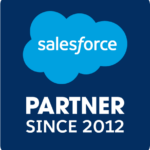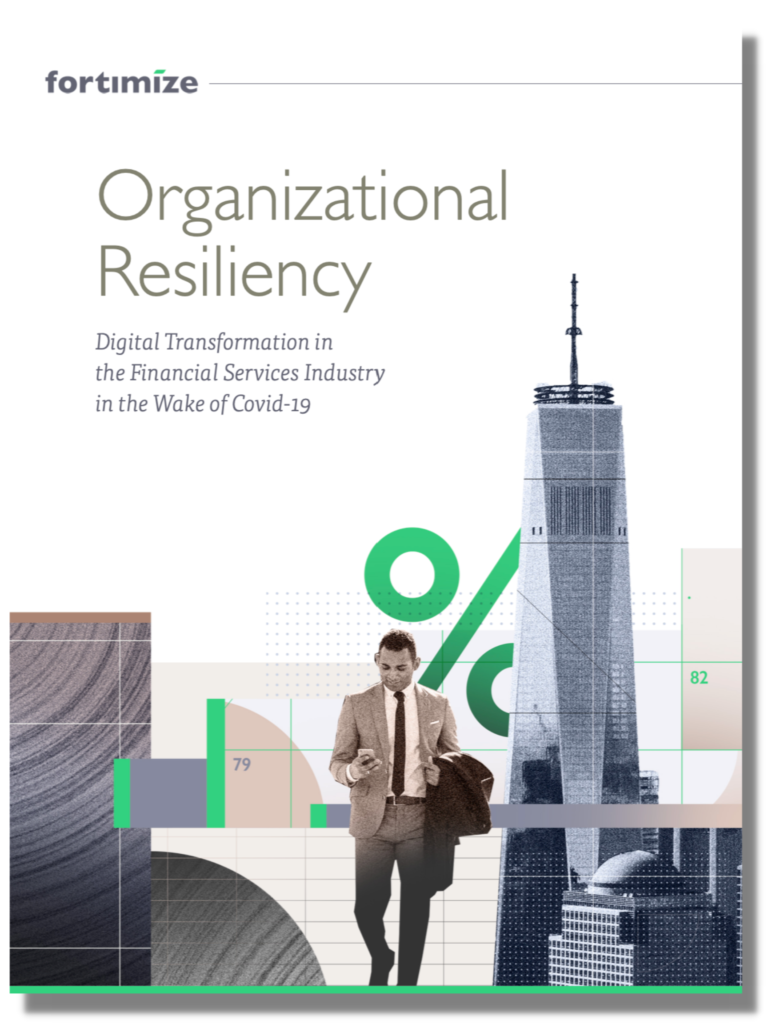Why Retail Owners and Operators Are Rebuilding Leasing from the Inside Out
Retail leasing hasn’t slowed down—but the tools supporting it haven’t kept up.
As leasing teams race to fill vacancies, manage pop-ups, and maximize NOI, many still rely on scattered spreadsheets, email approvals, and disconnected systems to manage critical revenue-driving activities. And while that might have worked a few years ago, the stakes are different now.
Interest rates are still elevated. Capital is more expensive. Consumer traffic is shifting unpredictably. Every lease that takes too long to close or falls through the cracks represents a real cost—one that’s often hidden across fragmented teams and tools.
The Price of Disconnected Leasing Workflows
Even high-performing teams face leakage when workflows are fragmented.
The hidden costs often include:
- Delayed rent commencement due to manual approvals and slow-moving cycles
- Missed revenue from untracked pop-ups, signage, and kiosks
- Commission disputes from lack of visibility into terms and payout status
- Manual entry errors in rent schedules, escalations, and cost allocations
- Forecasting blind spots, with no clear view of pipeline or real-time occupancy
- Operational drag, where staff spend more time chasing information than moving deals
These inefficiencies don’t just slow progress—they erode portfolio performance.
Curious how your leasing process compares?
Get a complimentary Leasing Workflow Assessment to quickly identify the biggest gaps in deal velocity, occupancy tracking, and missed revenue across your portfolio.
Small Moves, Compounding Returns
Rather than replacing everything at once, leading operators are implementing incremental changes that address specific pain points—starting with the leasing engine.
Industrywide, these are some of the most effective upgrades:
- Centralized deal pipelines across permanent, specialty, and ancillary leasing
- Real-time property and suite data integration from platforms like MRI or Yardi
- Automated task routing and approval workflows
- Broker-facing portals for secure lead intake and document management
- Cloning capabilities to accelerate renewals and amendments
- Built-in tools to support NER tracking, escalation logic, and payback visibility
- Dashboarding to monitor pipeline health, forecast vs. actuals, and leasing velocity
Each improvement drives measurable time savings, reduces revenue leakage, and builds confidence across stakeholders.
On-the-Ground Leasing Wins
Commercial Real Estate Developer
CHALLENGE:
Leasing activity was spread across spreadsheets, emails, and legacy reports—making it nearly impossible to know which deals were live, which were lagging, and which had quietly stalled.
FOCUS AREA:
Leadership needed a clearer way to see activity across all 30+ properties. By integrating data from Yardi into a centralized Salesforce pipeline, they created one live view of every active lease, approval, and occupancy shift.
RESULT:
25% faster deal cycles and asset-level transparency across 30+ properties.
Lifestyle Center Portfolio
CHALLENGE:
As the team expanded into new markets, regional leasing managers lacked a reliable way to compare pipeline health and occupancy across locations. Conversations were often driven by anecdotes, not data.
FOCUS AREA:
A custom set of dashboards brought site-level metrics and leasing velocity into focus—enabling faster, more confident decisions across the entire team.
RESULT:
Increased responsiveness and smarter prioritization of leasing efforts.
Retail REIT
CHALLENGE:
Specialty leasing was handled manually—email forms, PDFs, and offline commission trackers. Deals moved slowly, and reconciling payouts created constant friction with brokers.
FOCUS AREA:
A self-service broker portal changed the game, giving third-party reps the ability to submit leads, upload documents, and track commissions in real time.
RESULT:
90% reduction in leasing admin and full transparency into payouts and deals.
Curious how your leasing process compares?
Get a complimentary Leasing Workflow Assessment to quickly identify the biggest gaps in deal velocity, occupancy tracking, and missed revenue across your portfolio.
Moving Your Firm Forward — Without Breaking the Bank
Disconnected leasing workflows aren’t just inefficient—they’re risky. Revenue opportunities are missed. Deals move slower than they should. And the data needed to make strategic decisions is often locked in scattered systems.
What’s clear across the industry is this: evolution isn’t optional.
But transformation doesn’t require a complete rebuild. Operators seeing the most success are choosing smart, iterative upgrades—starting with the areas that unlock visibility, reduce lag, and drive revenue forward.




